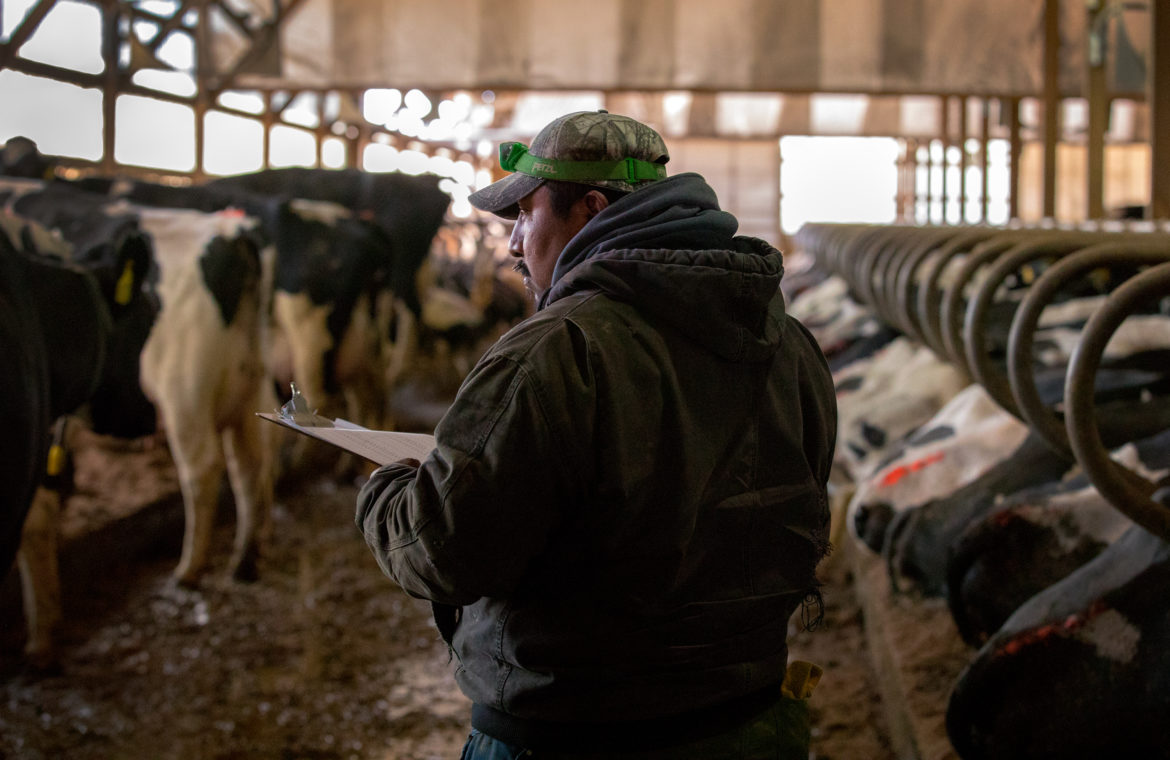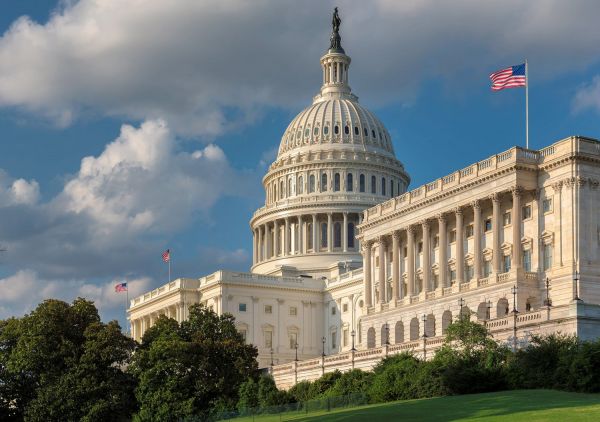WASHINGTON, D.C. – As the U.S. faces its fourth agricultural trade deficit in six years, strategic interventions are crucial to safeguarding the long-term viability of American agriculture in global markets.
Analysts from the American Farm Bureau Federation (AFBF) attribute the trend to multifaceted economic factors impacting the agricultural sector.
A primary driver is the surge in imported fresh fruits and vegetables, which poses formidable challenges to American growers competing against lower-cost foreign produce.
This trend underscores the critical role of affordable and available farm labor through the H-2A migrant program, particularly in labor-intensive segments such as fruit and vegetable cultivation.
⌊ Ranchers And Farmers Using H-2A Labor Will Pay More 〉
Betty Resnick, an economist at AFBF, underscored the outsized impact of labor costs, noting that they constitute a substantial portion of production expenses for fruits and vegetables compared to other agricultural commodities. This disparity underscores broader structural challenges hindering U.S. agricultural competitiveness on the global stage.
Compounding these challenges are declining commodity prices for U.S. crops and the strength of the U.S. dollar, which diminishes the price advantage of American agricultural exports abroad. In markets like Japan, the yen’s depreciation has further complicated trade dynamics, making U.S. products less attractive to international buyers.
The absence of new trade agreements since 2012 has constrained market access for U.S. agricultural exports while competitors forge ahead with their own trade deals. This policy inertia exacerbates the trade deficit and limits opportunities for American farmers to expand their global market reach.
AFBF President Zippy Duvall emphasized the need for proactive policy measures to address these pressing issues, urging policymakers to prioritize reforms that enhance U.S. agricultural competitiveness and restore balance in trade relations.













